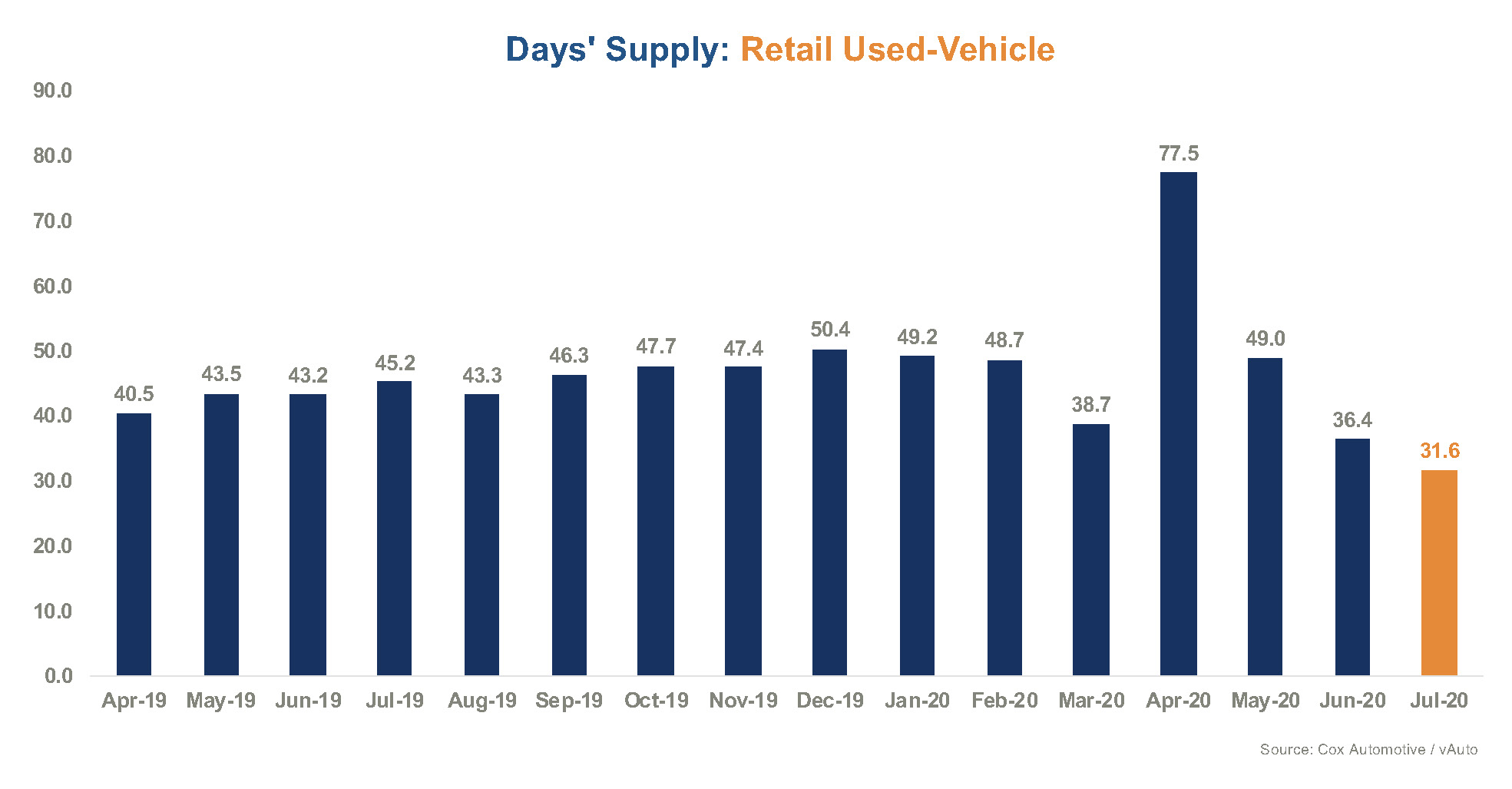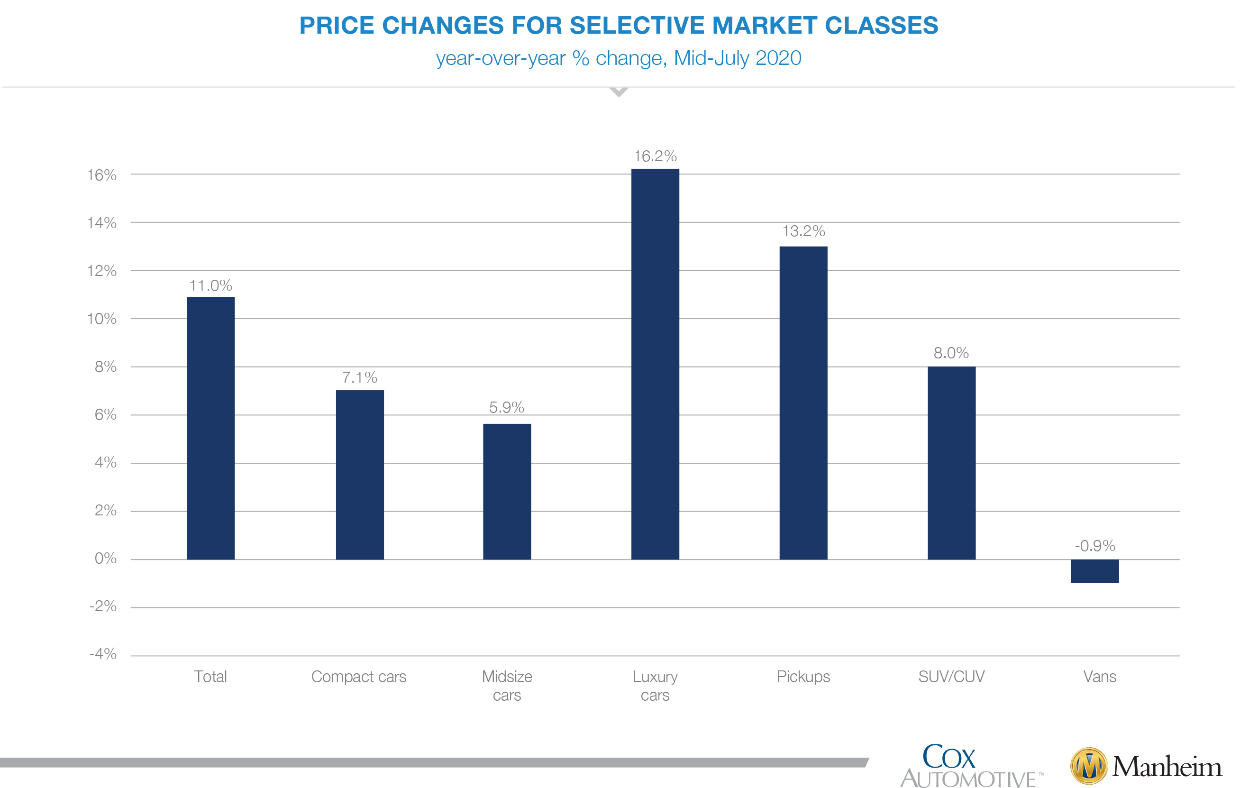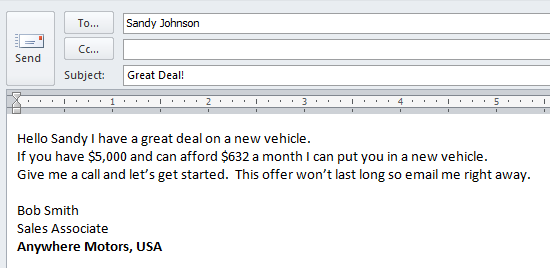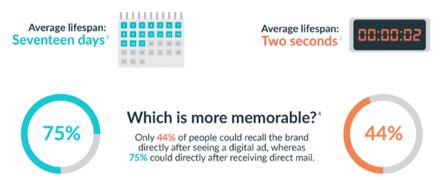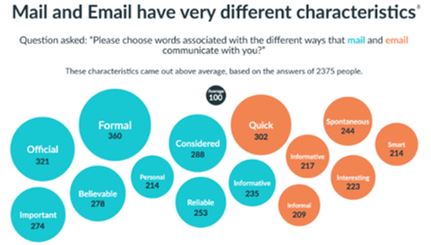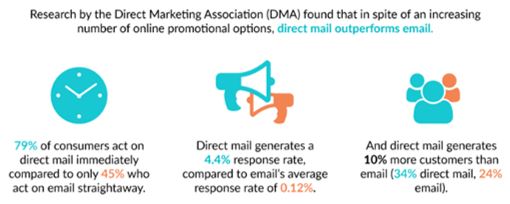All Signs Point to Mail
We think it’s safe to say that none of us has seen a sales environment like this. But one thing is for sure, those in the market for a new or used vehicle are still in the market. The question is, what is the best way to appeal to them?
Obviously, we are dealing with a smaller overall new-vehicle market. TrueCar’s latest forecast predicts “total SAAR to decrease 16% from a year ago from 16.7 million units to 14 million units. — Used vehicle sales for July 2020 are expected to reach 3,759,781, up 9% from a year ago and down 1% from June 2020. … This is up 31 percent versus July 2019.”
Current buyers in the market or those sitting on the fence need a good reason to make a move. Initially enhanced factory incentives and a glut of new vehicle inventory as reported by the press were enough of a reason to spur new vehicle sales. However, at the same time, used-vehicle prices dropped as uncertainty for rental car inventories and anticipated slow new vehicle sales caused processes to plunge.
Now, it’s August and new vehicle dealerships are running out of inventory, and production isn’t quite up to speed. Used vehicle prices have rebounded, and dealers need used cars to bridge the inventory gap.
Mail presents your greatest opportunity for the current situation. Service Mail drives dependable traffic to your service lane. Equity Mail attracts owners in equity purchase or lease maturity positions. Sales mail attracts customers who may need to downsize or upsize in the current environment. All these strategies allow for personalization of the message, giving prospects a reason to buy or trade now.
Why Not Email?
Each year, the Ponemon Institute releases “The Most Trusted Companies Study,” a list of overall top-performing companies and federal agencies that are perceived to be most trusted. What these organizations have in common is a strong orientation to respecting their customers and providing the best possible customer service.
The research is an objective study that asks consumers to name and rate organizations they believe are most committed to protecting their privacy. Participants are asked to apply the following definitions when determining the companies they trust:
- Personal information – Consider only data about yourself and your family. This information typically includes name, address, telephone numbers, email address, Social Security number, other personal identification number, access codes, age, gender, income and tax information, shopping information, account activity, and many other pieces of data collected about you.
- Privacy trust – Your belief that the company or federal agency is honoring its privacy commitments to you, and keeping your personal information safe and secure. This includes its commitment not to share your personal information unless there is a just cause or you have given your consent.
More than 100,000 adult-aged consumers were asked to name up to five companies they believe to be most trusted for protecting the privacy of their personal information. Every year that’s been surveyed, the United States Postal Service has made the list. The truth is that people trust regular mail more than digital mail communications. Especially when it comes to information such as their vehicle financial status, payoff, and lease terms.
Every dollar counts. You need to squeeze every ounce of profit you can from every department. At this point in time in our industry, mail represents your greatest opportunity. More trust, more value, more traffic.

